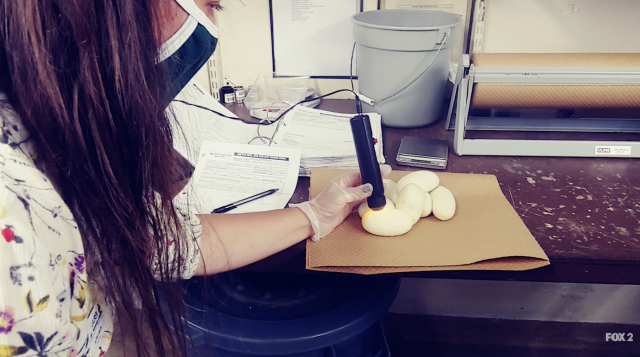A surprising development at the St. Louis Zoo has its snake experts scratching their heads. One of the zoo’s ball pythons recently laid seven eggs despite not having been around a male python for at least 20 years.
The 62-year-old unnamed female snake laid the eggs on July 23, leaving zookeepers perplexed for a few reasons. Not only has she not been near a male python for many years, ball pythons generally stop laying eggs long before their sixth decade.

Mark Wanner, manager of herpetology at the zoo, said it is possible but unusual for ball pythons to reproduce asexually. The snakes also sometimes store sperm for delayed fertilization, but it’s almost unheard of for it to be stored for 20 years. He claims that, as far as they know, she has not been around a male snake since “the late ’80s or early ’90s.”
“She’d definitely be the oldest snake we know of in history,” to lay eggs, Wanner said. “She will go down as the oldest snake to give birth to a viable clutch of eggs.”
The snake has called the St. Louis Zoo home since 1961 when it was donated by a private owner. She laid two previous clutches of eggs while at the zoo, many of which didn’t survive. From her most recent clutch, three of the eggs remain in an incubator, two were used for genetic sampling, and the other two eggs did not survive, according to the St. Louis Post-Dispatch. If all goes well, the surviving eggs should hatch in about a month.



